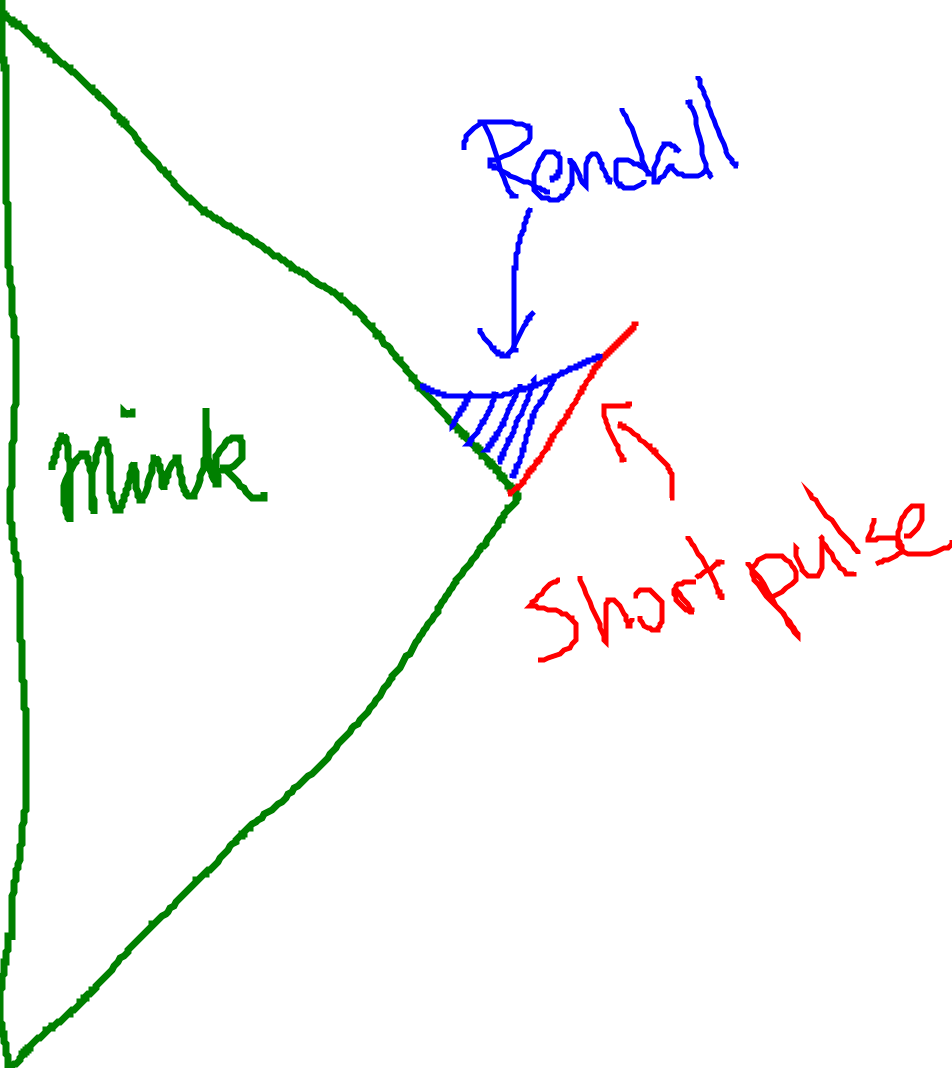In a Paper by Rendall, it is shown that the characteristic initial value problem for the Einstein equations is well-posed. In fact, if the data are specified in some coordinates, then one can extend these coordinates to be harmonic in the future development. In work of Christodoulou on the formation of trapped surfaces, Christodoulou seems to use a version of this result to set up his initial data [Edit: I really should have said "to start his argument by obtaining a solution to the Einstein equations locally from his initial data"]. However, the coordinates he gets for his solution are what he calls "canonical coordinates." In short, if he chooses coordinates $v,\theta$ on one null hypersurface and $u,\theta$ on the other, then it seems to me like $u$,$v$ should extend to optical functions in the interior, and that the gradient of $u$ should be $\frac{-1}{2}\frac{\partial}{\partial v}$ on the initial hypersurface.
My question is this: (1) is my interpretation accurate? and if so, (2) what's the idea of the proof? The theorem of Rendall is argued by using harmonic coordinates and reduction to the Cauchy problem (which has long been solved). If one tries a similar approach to the initial data of Christodoulou, one ends up trying to solve the null Bianchi equations, which are not of hyperbolic character and don't appear to have a general theory, so even obtaining a local existence theorem seems like very hard work.



